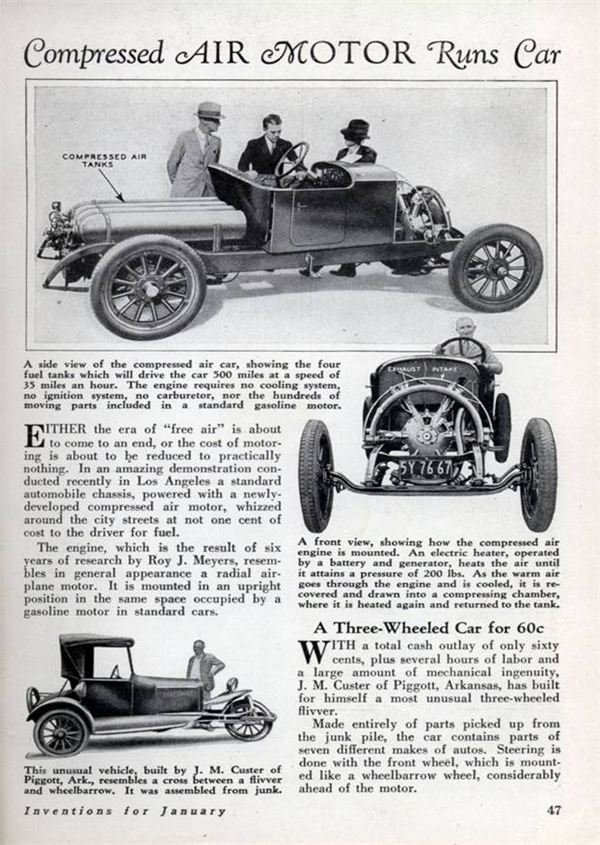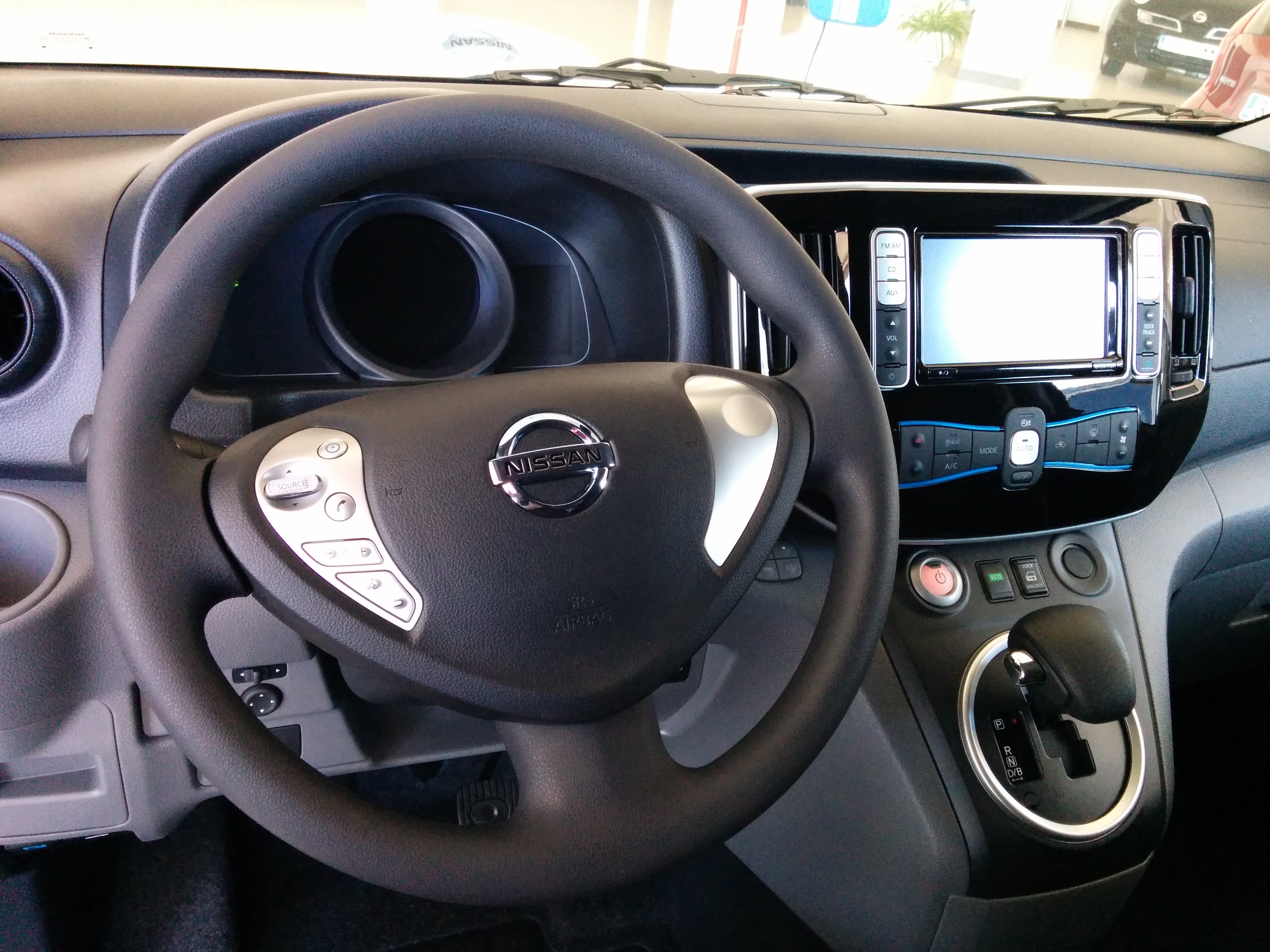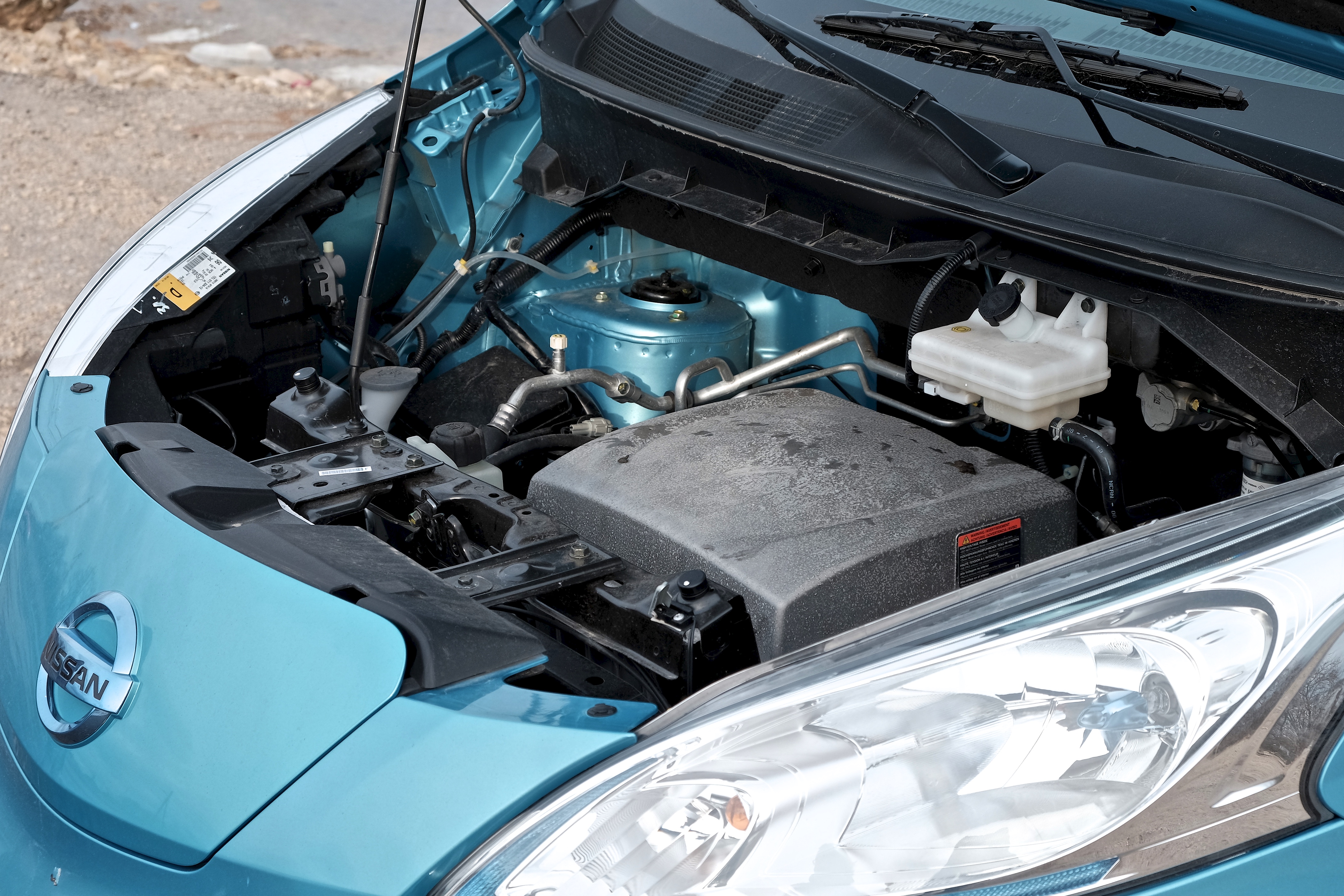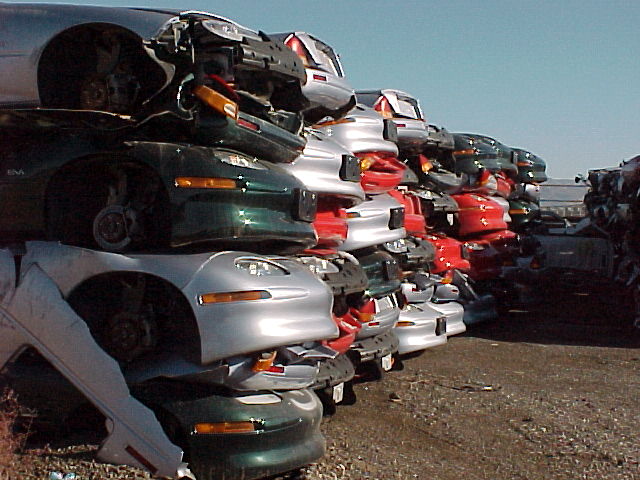 |
| Image via Best Green Cars. |
Audi Q7 e-tron: Enough Plug-In TDI for the Whole Family
This week at the Geneva Auto Show, Audi displayed its family sized PHEV. Seven-seat plug-in hybrids just got a little less rare. For drivers who need three rows of seats and want some electric range, it's been hard finding anything to drive.
The Q7 e-tron boasts an astounding 166 MPGe. Is it really that much more efficient than the 124 MPGe BMW i3? It's probably measured with the very generous European scale, but remember what Audi has done well for a long time: diesel. Particularly their Turbo-charged Direct Injection (TDI) engines. It's the sort of engineering that allows the Golf TDI 2.0 to get 45 highway MPG.
Combine Audi's old skill at turbo diesel with their new passion for electricity, and you get a lot of performance and range. The Q7 e-tron uses a 3.0 liter TDI V6 and an electric motor to produce a combined 373 horsepower and 516 pound-feet of torque. Zero-to-sixty time is six seconds with a top speed of 139 mph. The eight-speed automatic transmission can de-couple from the drive-line, allowing the vehicle to coast for maximum efficiency.
The 17.3 kWh lithium-ion pack is built into the center tunnel. It enables the Q7 to travel 34 miles on pure electricity. With a high-voltage outlet, it can recharge in two and a half hours. A full battery and diesel tank will give the SUV a whopping 876 mile range. With Audi's famous Quattro all-wheel drive, traction will be no issue.
Read the rest of the review at Best Green Cars.
So, is this my electric family car? Let's go down the WIMEMV checklist:
Zero-Emissions?
For about 34 miles. After that it's a clean diesel. Depending on how your family drives, a PHEV will make most of your everyday miles all-electric. Then you have fossil-fuel range for the long trips. Still a major improvement. This thing will burn much less fuel than most big SUVs, so you can't complain about that.
Family-Size?
Seats seven in three rows, which is one of the requirements. Comparing the 2015 Q7 to the same year Toyota Sienna, most size numbers are very close except for the luggage volume and third row space. As expected, the minivan is a bit more roomy. So the Q7 will get you and the squad to hockey practice, but maybe not camping.
Comfortable?
Certainly. It's a luxury vehicle with all the touches you'd expect from a BMW and Mercedes-Benz competitor, like Bang & Olufsen sound and a virtual cockpit. The neighbors would be jealous and the kids would be spoiled.
Affordable?
Um, well no. When it goes on sale in Europe in early-to-mid 2016, the price could be well over $90,000. Not family priced. Surely it will have considerably more gizmos than I think I need. You know me. I'd rather have an engine, seats and a glovebox full of cash than a $90,000 car.
Available?
If it comes to the US, it won't be until 2017. Hopefully the EV marketplace will be very different then. We should have the Tesla Model X and maybe the Chrysler PHEV minivan. A high-end PHEV SUV may not sell. So, nothing we can do about this Audi for now.
Still I think PHEV technology is the bridge between ICE and advanced long-range batteries of the future. People can have zero-emissions short range and long range when they need it.
Thanks for giving this to somebody, Audi, if not us.
The Q7 e-tron boasts an astounding 166 MPGe. Is it really that much more efficient than the 124 MPGe BMW i3? It's probably measured with the very generous European scale, but remember what Audi has done well for a long time: diesel. Particularly their Turbo-charged Direct Injection (TDI) engines. It's the sort of engineering that allows the Golf TDI 2.0 to get 45 highway MPG.
Combine Audi's old skill at turbo diesel with their new passion for electricity, and you get a lot of performance and range. The Q7 e-tron uses a 3.0 liter TDI V6 and an electric motor to produce a combined 373 horsepower and 516 pound-feet of torque. Zero-to-sixty time is six seconds with a top speed of 139 mph. The eight-speed automatic transmission can de-couple from the drive-line, allowing the vehicle to coast for maximum efficiency.
The 17.3 kWh lithium-ion pack is built into the center tunnel. It enables the Q7 to travel 34 miles on pure electricity. With a high-voltage outlet, it can recharge in two and a half hours. A full battery and diesel tank will give the SUV a whopping 876 mile range. With Audi's famous Quattro all-wheel drive, traction will be no issue.
Read the rest of the review at Best Green Cars.
 |
| Image via Best Green Cars. |
So, is this my electric family car? Let's go down the WIMEMV checklist:
Zero-Emissions?
For about 34 miles. After that it's a clean diesel. Depending on how your family drives, a PHEV will make most of your everyday miles all-electric. Then you have fossil-fuel range for the long trips. Still a major improvement. This thing will burn much less fuel than most big SUVs, so you can't complain about that.
Family-Size?
Seats seven in three rows, which is one of the requirements. Comparing the 2015 Q7 to the same year Toyota Sienna, most size numbers are very close except for the luggage volume and third row space. As expected, the minivan is a bit more roomy. So the Q7 will get you and the squad to hockey practice, but maybe not camping.
 |
| Image via Best Green Cars. |
Certainly. It's a luxury vehicle with all the touches you'd expect from a BMW and Mercedes-Benz competitor, like Bang & Olufsen sound and a virtual cockpit. The neighbors would be jealous and the kids would be spoiled.
Affordable?
Um, well no. When it goes on sale in Europe in early-to-mid 2016, the price could be well over $90,000. Not family priced. Surely it will have considerably more gizmos than I think I need. You know me. I'd rather have an engine, seats and a glovebox full of cash than a $90,000 car.
Available?
If it comes to the US, it won't be until 2017. Hopefully the EV marketplace will be very different then. We should have the Tesla Model X and maybe the Chrysler PHEV minivan. A high-end PHEV SUV may not sell. So, nothing we can do about this Audi for now.
Still I think PHEV technology is the bridge between ICE and advanced long-range batteries of the future. People can have zero-emissions short range and long range when they need it.
Thanks for giving this to somebody, Audi, if not us.













.jpg)






